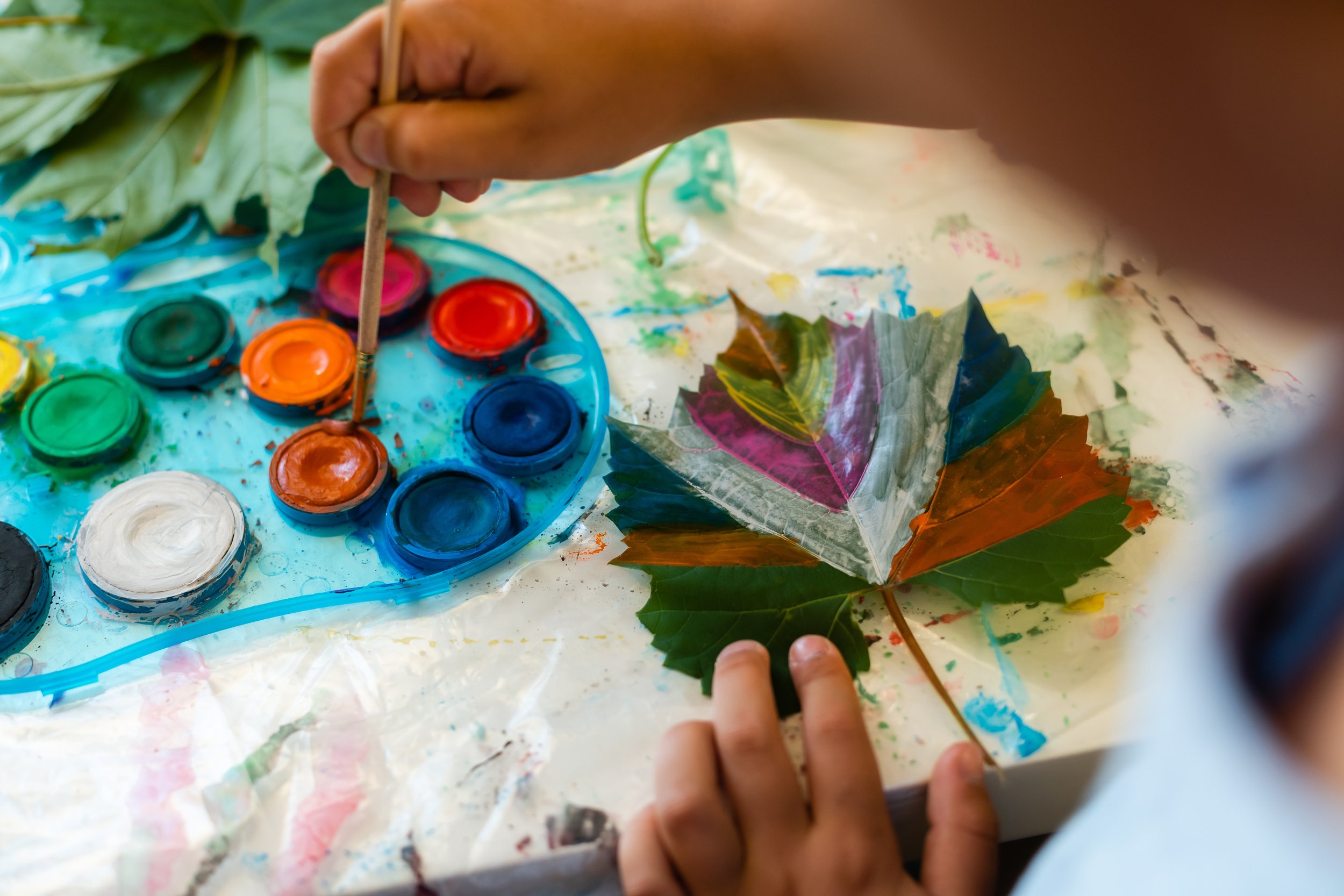Do Children Really Need to Be Busy All the Time?
Why slowing down might be the best thing for your child’s learning
In the rush of modern life — school, clubs, homework, screens, 11+ prep — it’s easy to feel like every hour needs to be filled. Especially during the school holidays, many parents wonder: Should I be keeping my child busy all the time? Are they learning enough?
The answer, backed by neuroscience and child development experts, is clear: No — not only do they not need to be constantly busy, it’s actually better if they’re not.
🧠 What the Research Says
Studies from the Harvard Center on the Developing Child and Birth to 5 Matters show that unstructured, child-led time — even the dreaded “boredom” — is essential for:
• Brain development
• Emotional regulation
• Creative thinking
• Problem-solving
• Intrinsic motivation
It’s during these slower, open-ended moments that children enter a state of “flow” — deep, uninterrupted engagement that fuels perseverance and innovative thinking as they have to follow their derisory and work out how to do things on their own, experimenting, iterating, adapting, using their imaginations!
💡 Why Boredom Isn’t Bad
When children say, “I’m bored,” what they often mean is:
“I don’t know what to do with all this freedom yet.”
But that’s where the magic begins. Without constant adult-led stimulation or instructions, children start inventing, roleplaying, building, wondering. They access their inner world — and from there, learning becomes self-driven and joyful. This also builds self-esteems and self-efficacy as they start seeing themselves as capable and become more resourceful which are key skills for their future.
✨ Ideas to Spark Curiosity
Here are some gentle prompts and play provocations you can try over the Easter holidays — no pressure, just open invitations for self-led discovery that you can easily set up on a little corner of the house:
🐣 For Ages 0–5: Play-Based Explorers
Encourage early creativity through sensory-rich, hands-on activities that promote language, exploring and making meaning in a range of ways including through all their senses, gross and fine motor skills and curiosity.
💡 Ideas:
• Loose Parts Treasure Tray or basket: Fill a basket with fabric scraps, bottle tops, natural materials such feathers or sticks (check they are safe), wooden spoons, cardboard, and any recyclable items that could be safely repurposed into something new — let them explore all the textures and create.
• Cardboard Box Worlds: Add paper, scissors, crayons, stickers, fabrics and a small torch — suddenly it’s a house, a rocket, a cave, a puppet theatre…
• Pretend Vet, Shop or Café: Let them role-plat and build their own props with recycled packaging, play food, paper and crayons for them to write menus or take orders, calculators, kitchen utensils (you can make your own playdough with flour, salt, a little oil and food colouring so you they can make their own pretend food!). Lots of soft toys, plaster and empty bottles for pretend medicine!
• Mini Gardeners: Water, pots, seeds, sticks, stones, gardening tools and nature books — let them build their own small-world garden outdoors or use recyclable bottles to make their own terrarium or planting indoors.
Tip: Just rotating a few toys or adding one new open-ended item (like foil, sponges, or natural materials) can refresh the whole play space.
🧠 For Ages 6–11: Independent Thinkers
At this age, children crave ownership — over their time, interests and what to do. Rather than planning every hour, give them themes or spaces they can fill themselves. Having a nice cosy corner with nice soft furnishings and access to books and music is always great for when they feel like relaxing or having a little ‘me’ time.
💡 Ideas:
• Curiosity Corner: Set up a small shelf with books, maps, binoculars, or a magnifying glass and let them investigate.
• Creative Station: Have you heard of tinkering? Find a table or corner where you keep cardboard, egg cartons, tissue boxes, yogurt cups, paper, string, tape, scrap fabric, scissors, markers, ruler, pencils and glue out — then step back and watch what happens. If they are older you could even got for a STEAM station with Lego, small tools, toy machine parts and gears!
• Project Jar: Fill a jar with ideas: “Invent a board game,” “Make a shadow puppet show,” “Design your dream school.”
• Nature Journals: Clipboards, coloured pencils and the garden. Prompt: “What’s blooming this week?”
Tip: Prompt them with a simple question: “What’s something you’d love to try, build or make today?”
🪁 Ready to Take Learning Further? Book. Pay. Relax,
When your child is ready to explore something new or need expert support — or you need a little relax - you’ll find it at The Rocket House app.
Whether it’s booking a joyful workshop, an after-school tutor, a weekend teacher, a holiday teacher or nanny, or a trusted babysitter - our team is here to enrich the time that matters most.





